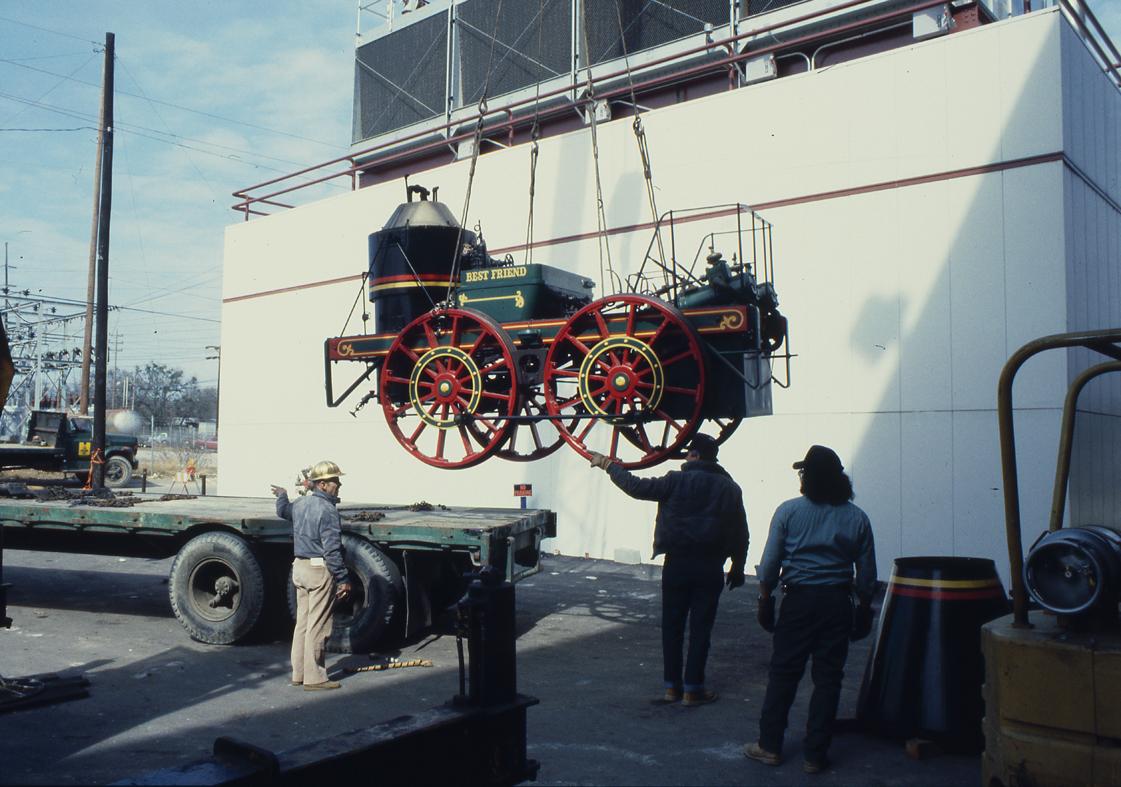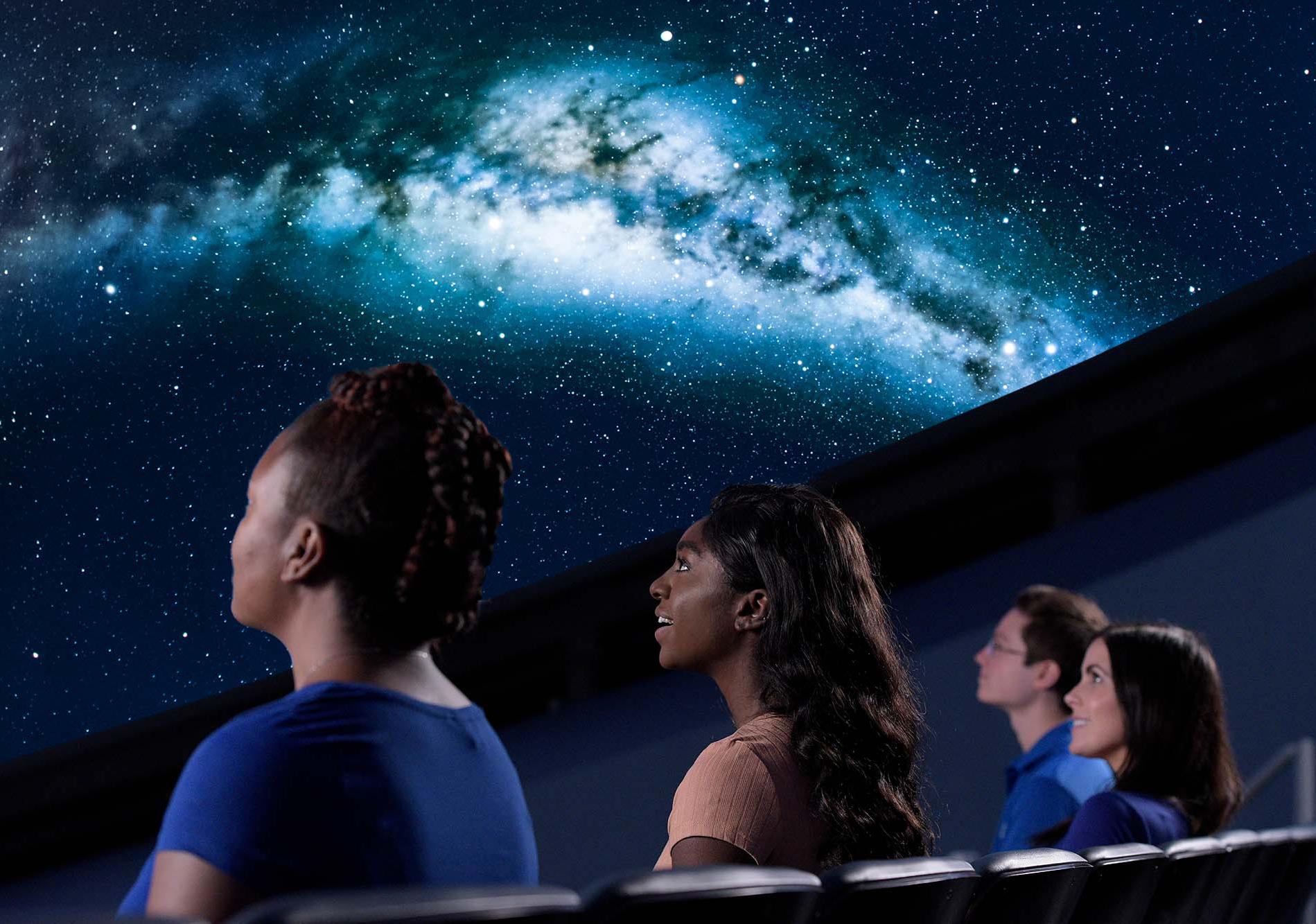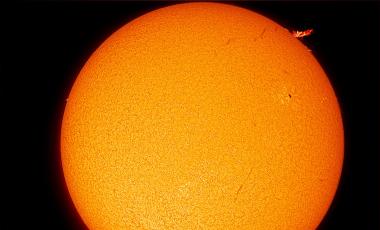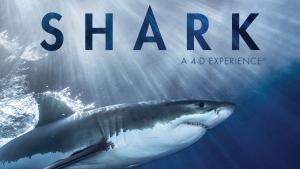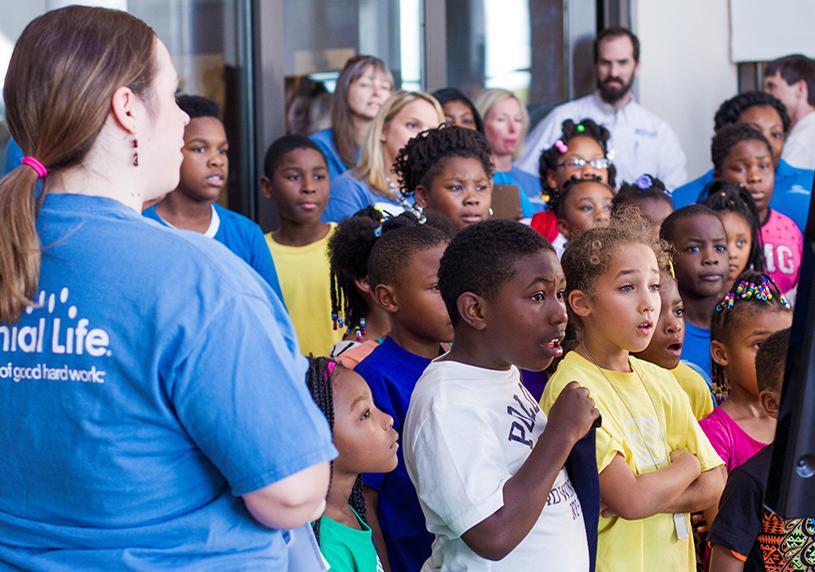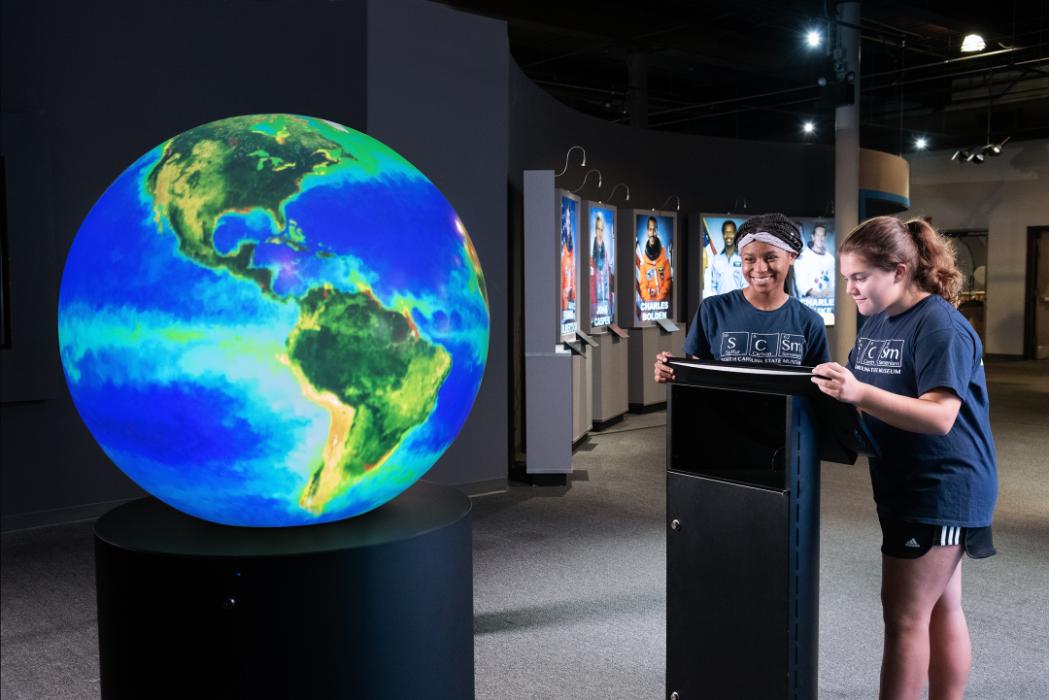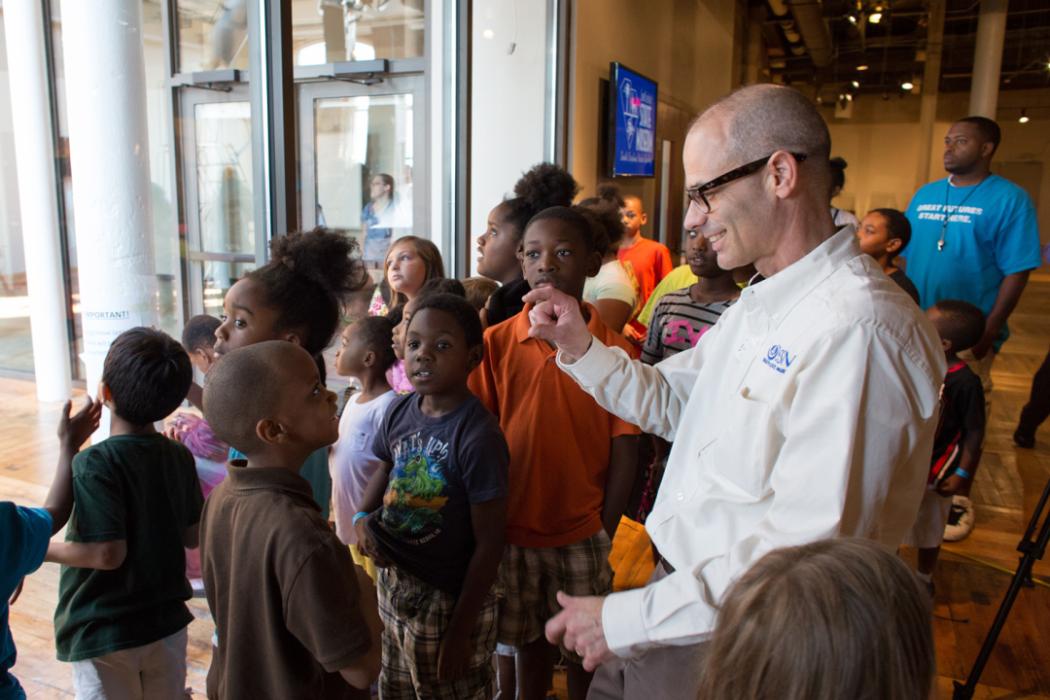
Late Cretaceous chimaeroids (Chondrichthyes: Holocephali) from Alabama, USA
Tooth plates of three extinct species of callorhynchid holocephalans, Edaphodon mirificus, E. barberi, and Ischyodus bifurcatus have been collected from Upper Cretaceous strata of Alabama. Of the two species of Edaphodon, E. mirificus is represented by isolated tooth plates as well as associated dentitions. Edaphodon barberi was based on a small left mandibular tooth plate, but additional mandibular tooth plates in museum collections show that the diagnostic features seen on the E. barberi holotype are consistently present and therefore useful for species differentiation. Ischyodus bifurcatus is reported for the first time in Alabama and is known from a partial associated dentition and several isolated tooth plates. Most of the fossils are from the upper Santonian to lower Campanian Mooreville Chalk, but two specimens of Edaphodon from a lower Campanian component of the Tombigbee Sand Member of the Eutaw Formation and one from the lower Maastrichtian Ripley Formation represent the first holocephalan records from these lithostratigraphic units in Alabama.
